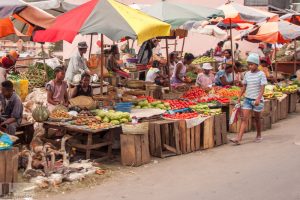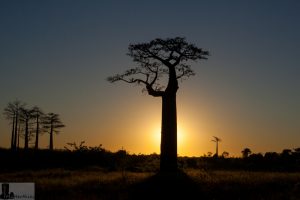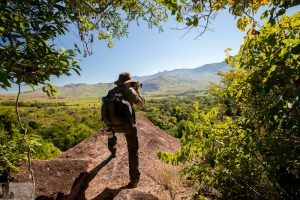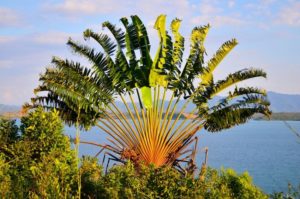Important Information for Amazing Photo Tours
Whether you are a tourist interested in photography, a hobby photographer, or even a professional photographer, when you travel to Madagascar, your camera will experience few quiet moments. The island is bursting with photo opportunities. Whether you want to photograph landscapes, people, animals, nature, or macro subjects, you will surely find plenty. Now, let me briefly share some important information for unforgettable photo tours in Madagascar.
Describe my subjective experience of how I prepare for my travels.
When planning a trip, photography should already play a crucial, if not the crucial role. If photography is the main driving force of your trip, this will almost automatically be the case. I can only recommend entrusting yourself to a good and experienced travel companion in Madagascar, who is familiar with the area. For example, it is quite sensible to capture the Baobab Alley in Morondava not only during the day but also at sunset or sunrise. To achieve this, competent guidance and good planning are required.
The importance of equipment for photographers when traveling
Equipment is an important topic for many photographers when traveling. Each photographer should first be clear about their main photographic area of focus. The equipment of a landscape photographer differs greatly from that of an ornithologist searching for birds. If the photographer wants to be equally prepared for all areas, they must be willing to make compromises. This is where the weight comes into play.
Rucksacks
play a crucial role in photography expeditions. In Madagascar, carrying camera gear on your back for hours over hills and through forests is not uncommon. My own backpack, weighing 13kg, has often made me break a sweat. However, the results of my photo journey have made me forget the hardships. Considering this, it is important to have your camera, lenses, and flashes well-coordinated. I can’t provide general advice here as I believe every photographer finds their own path that aligns with their unique photographic style. However, I can offer a few tips on additional equipment that I usually bring along.
To be able to capture the best moments during your trip, it is essential to have the right equipment. Here are some must-have items for any photographer:
- Enough batteries for your camera and flashes to last 3-4 days without access to a power outlet
- External data backup in an image tank or laptop
- A good travel-friendly tripod like the Manfrotto 055XPROB
- A bean bag
- Old transparent shower caps (often found in hotels)
- Enough CF/SD memory cards
- Polarizing filter / ND filter / Remote shutter release
When considering the weight of accessories, it is important to also take into account the restrictions on carry-on luggage imposed by individual airlines. There are fewer flight connections from Europe to Madagascar than one might think. I highly recommend the connection from Paris (CDG) in this case. Air France allows passengers to bring 1 piece of carry-on luggage + 1 additional item weighing a total of 12kg on all flights on this route. Together with the 2x 23kg checked baggage allowance, this should be sufficient for any hobbyist to semi-professional photographer. If you have sliders/rails/boom arms or similar equipment, be sure to check with the airline for any additional restrictions.
If you need to book excess baggage.
Upon arriving in Madagascar, you should adapt to the local customs and conditions, just like in any other country on our planet. We are guests in Madagascar and as photographers, we should approach people slowly, gently, and with a lot of sensitivity. This is especially important when photographing individuals. Consider how you would react if a complete stranger took your picture on the street and then walked away. Rely on our highly trained guides for contact with the locals, as they know how to negotiate, speak, and establish connections with them.
When planning a photo trip to Madagascar, special locations play a crucial role in the planning process, and Madagascar offers an inexhaustible variety of them. These locations are just the main highlights of your trip. You will always find unique and extraordinary subjects at many different points. Here are some points that are very interesting.
- The Isalo Mountains with its rugged mineral landscape
- The Tsimanampetsotsa NP and its salt lake
- The Baobab Alley and the Kirindy Reserve
- The Andringitra Mountains for stunning mountain landscapes
- The Splendor of the Tracks with the
- Countless baobabs along the West Coast from Tulear to Morondava
- The geyser at Ampefy, which is also easily accessible from Antananarivo
- The sapphire mines in Ilakaka
And of course, the places that are tailored to your wishes and expectations, we are happy to assist you. Let us create a customized trip for you that leaves nothing to be desired.
Article and photos: Christian Mütterthies







